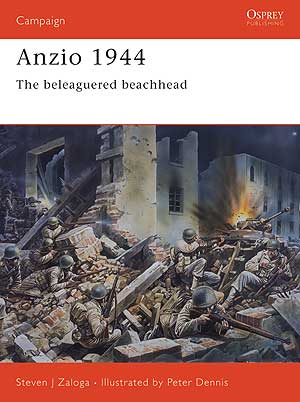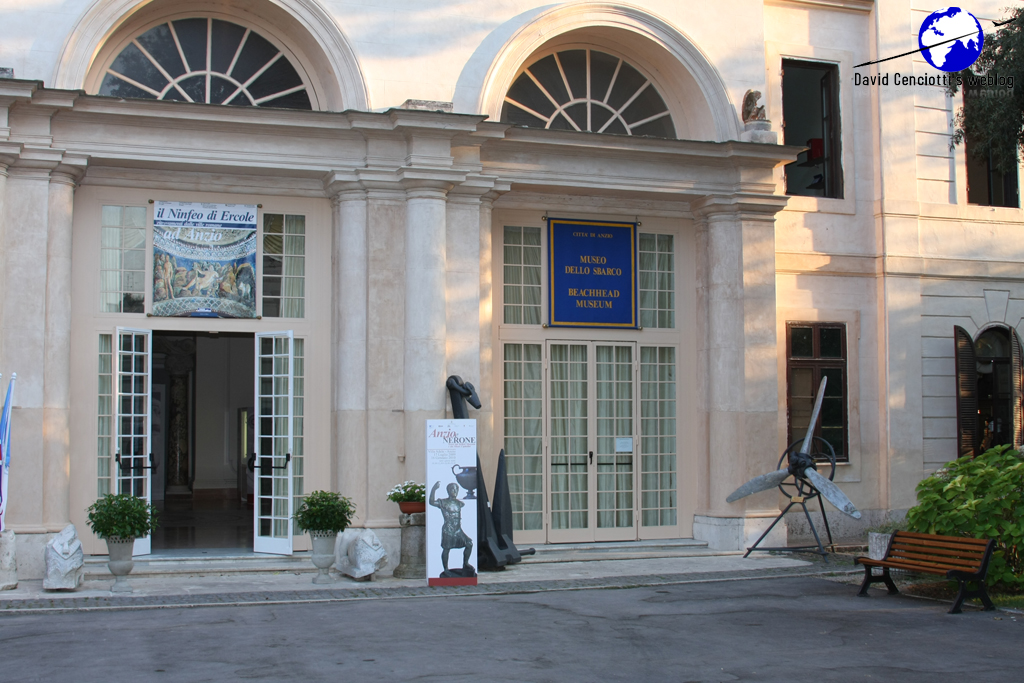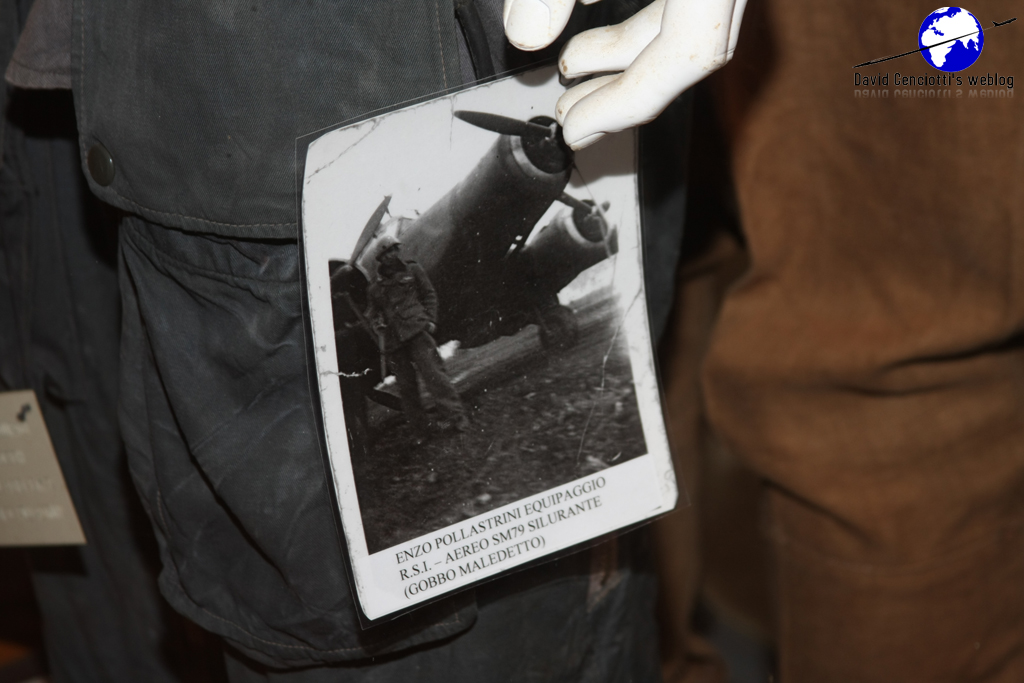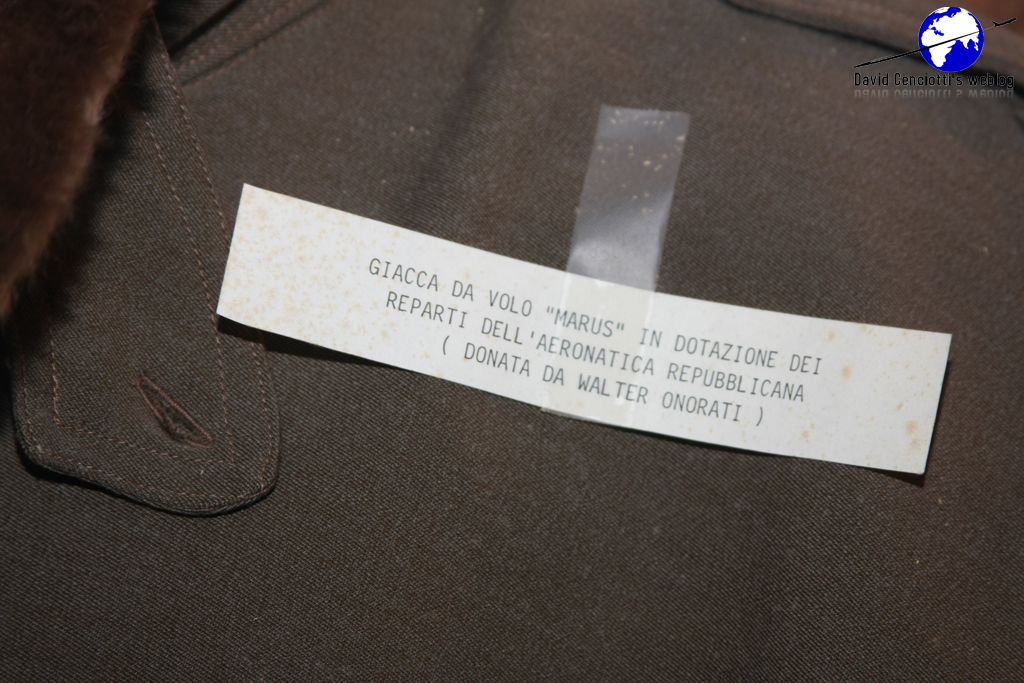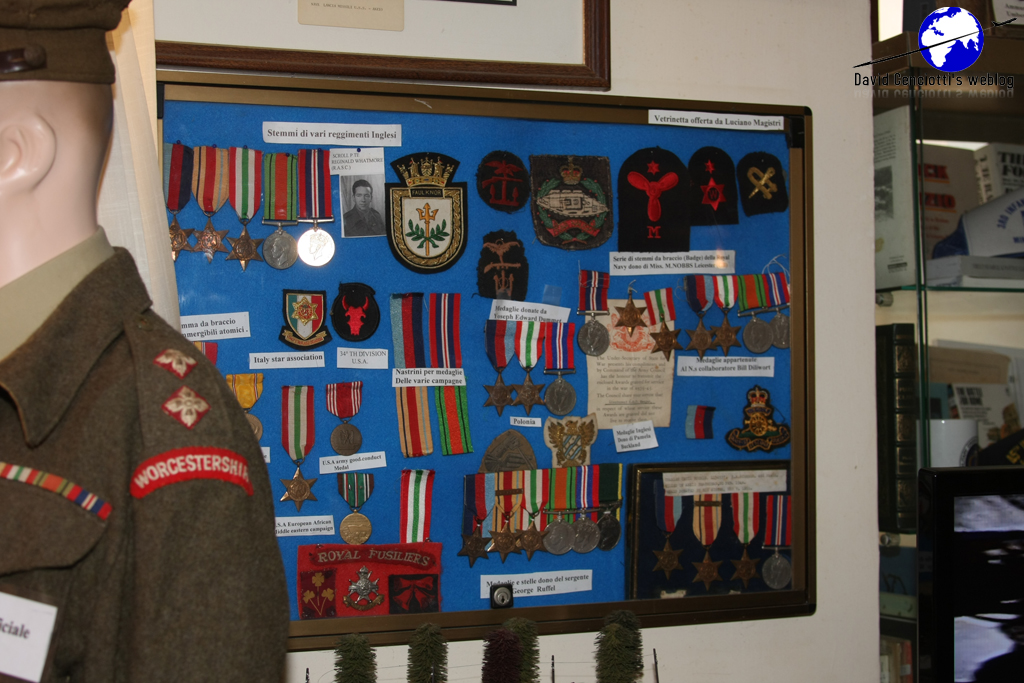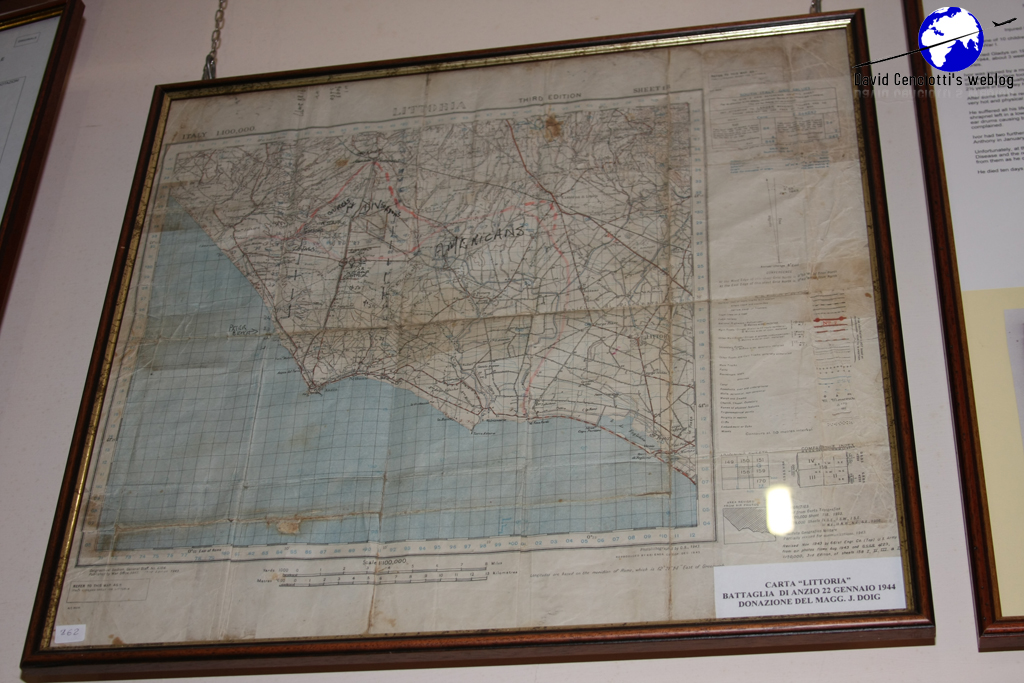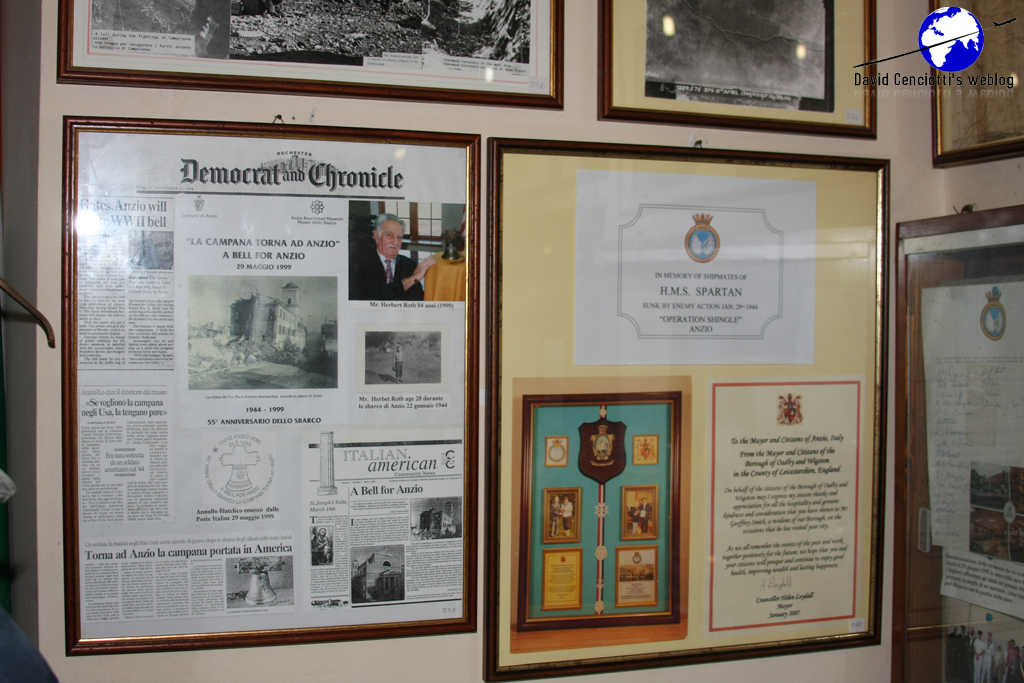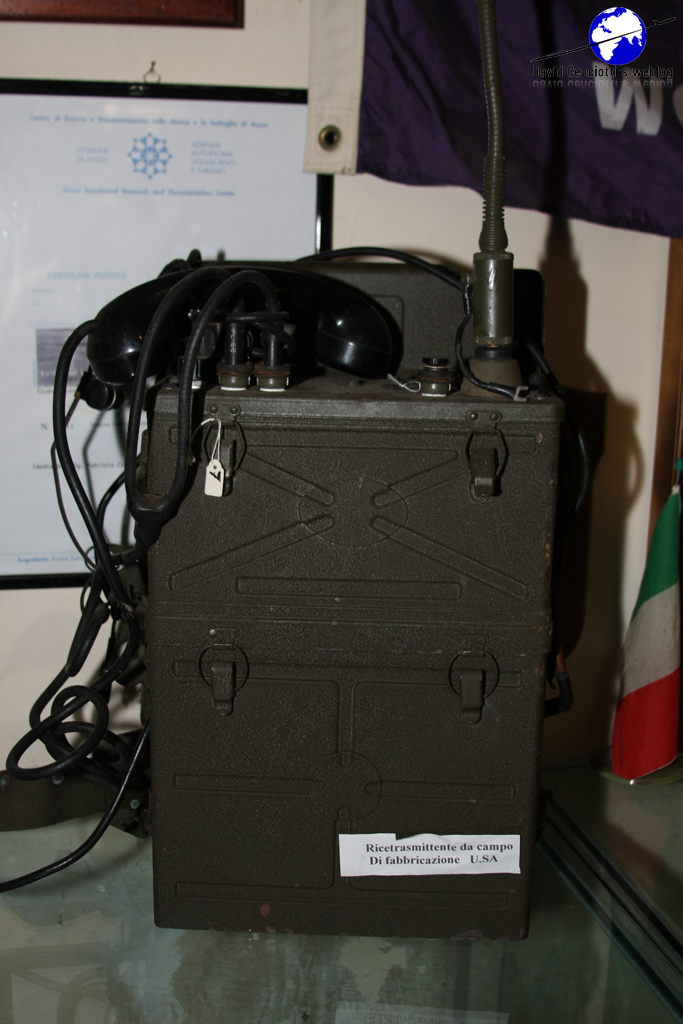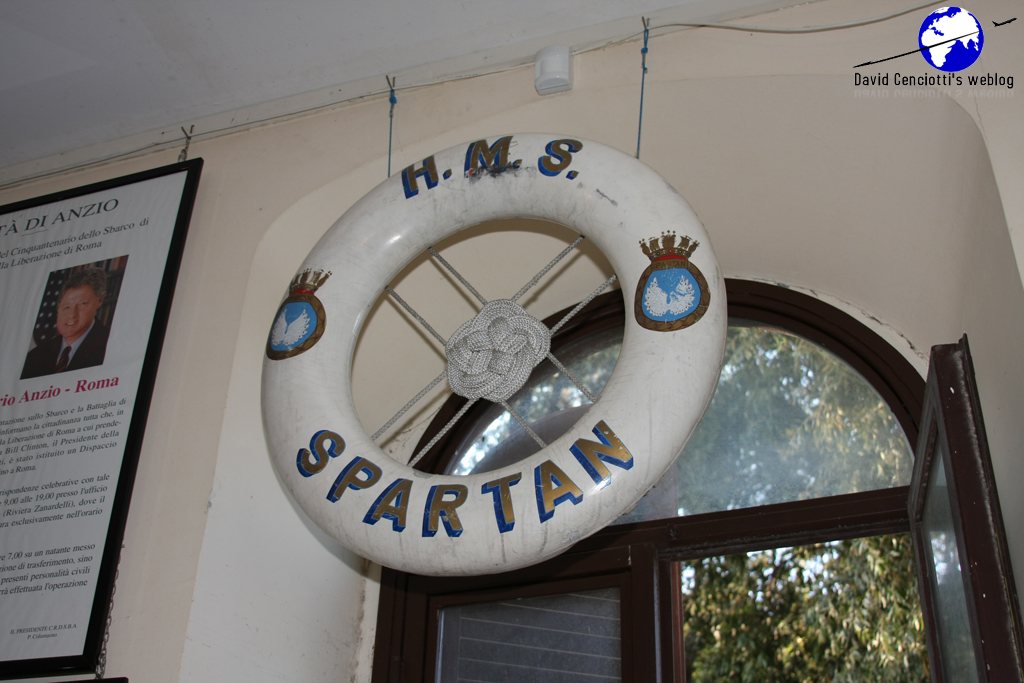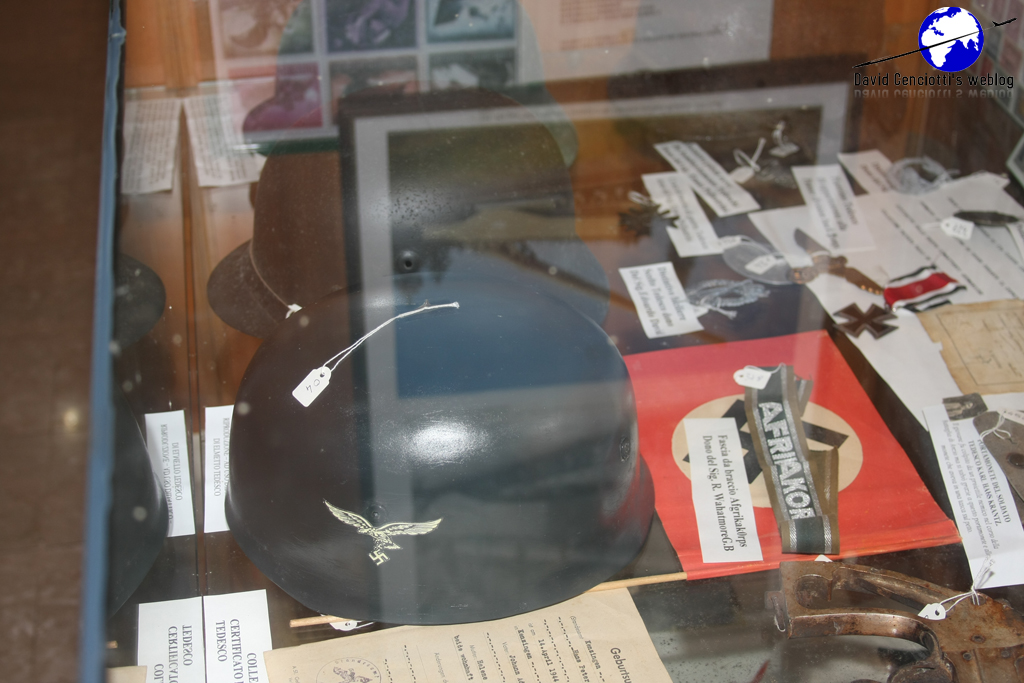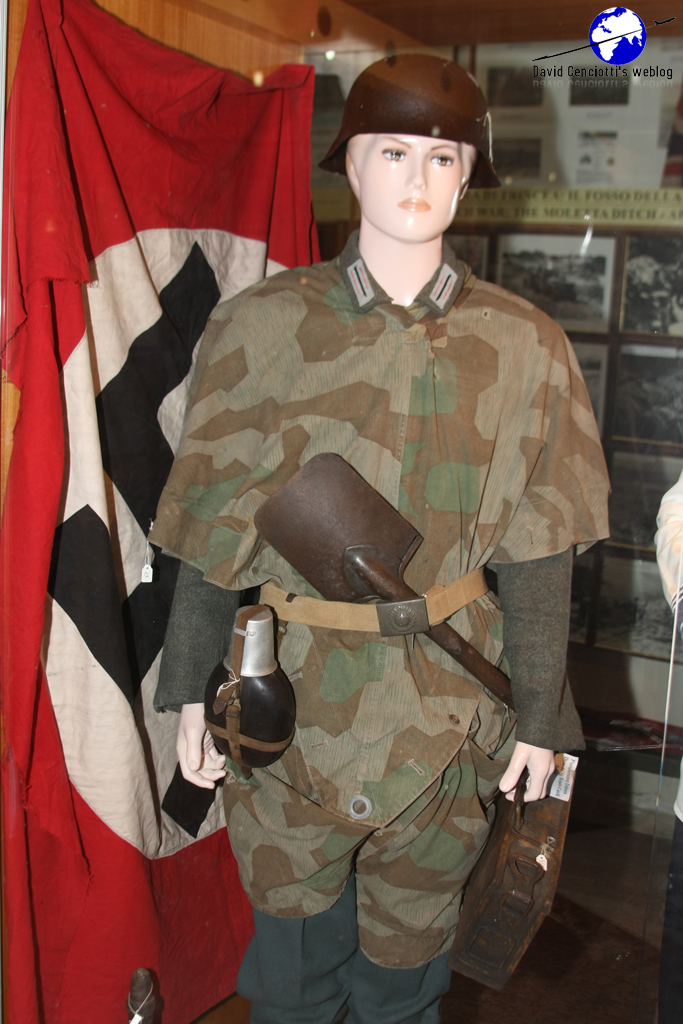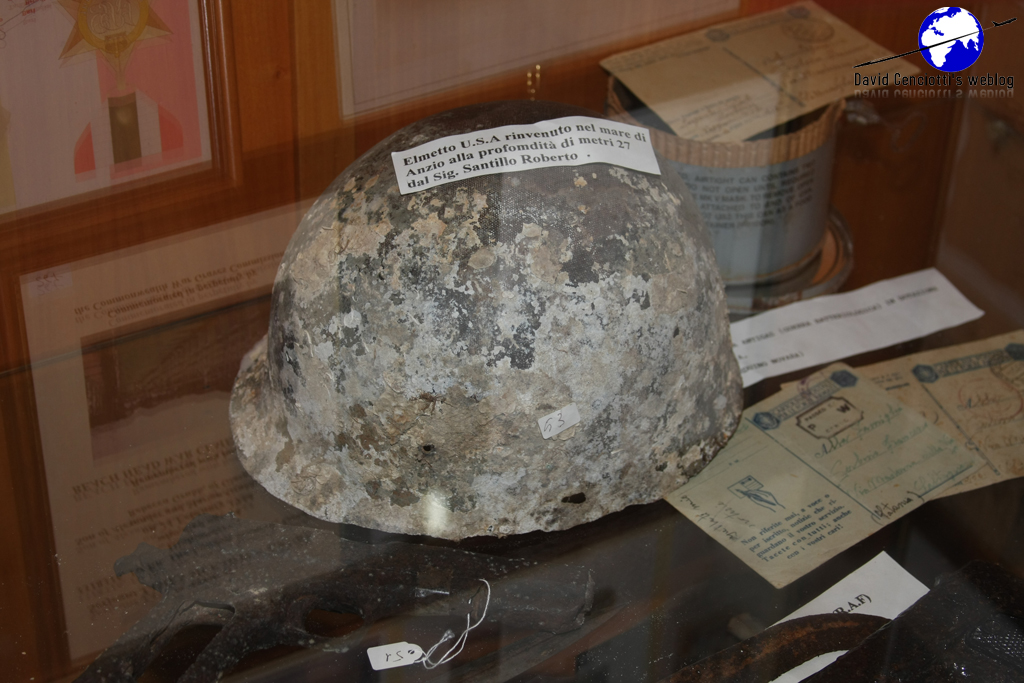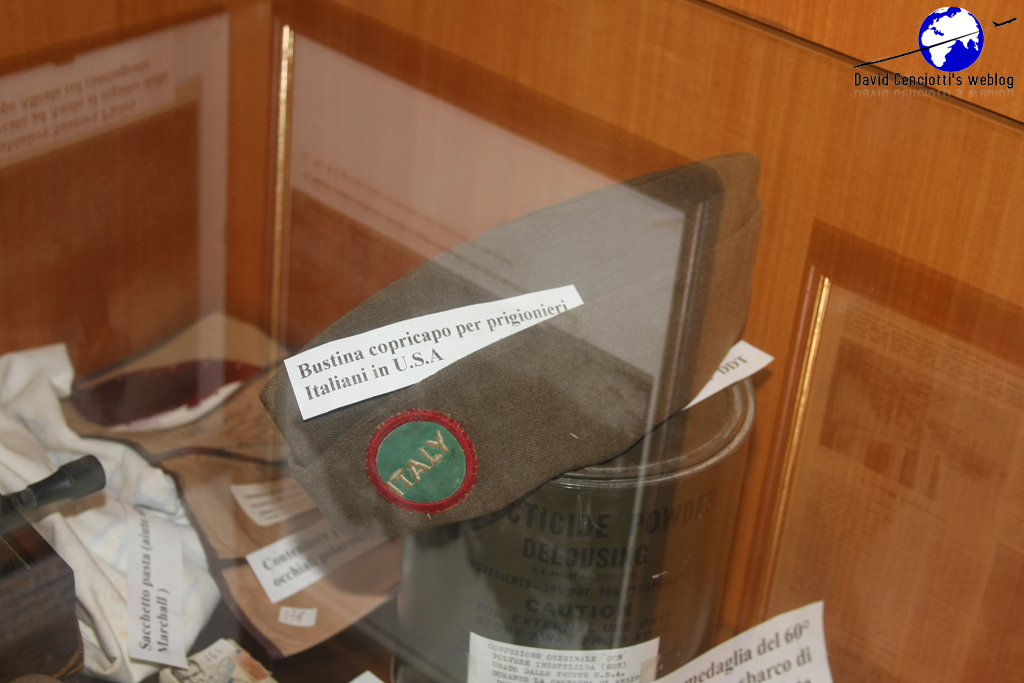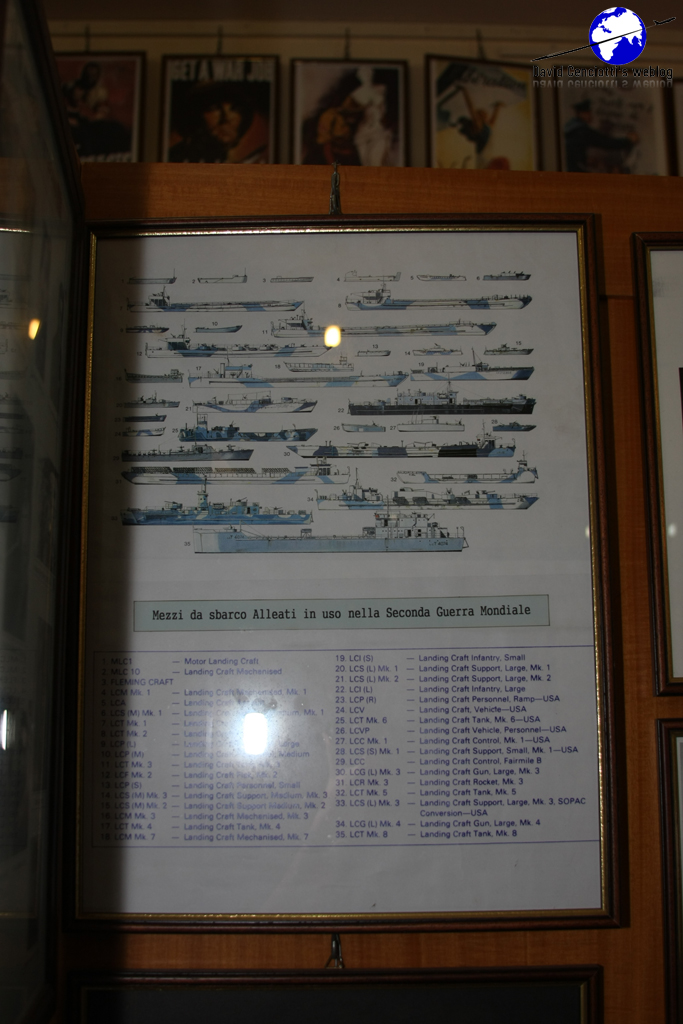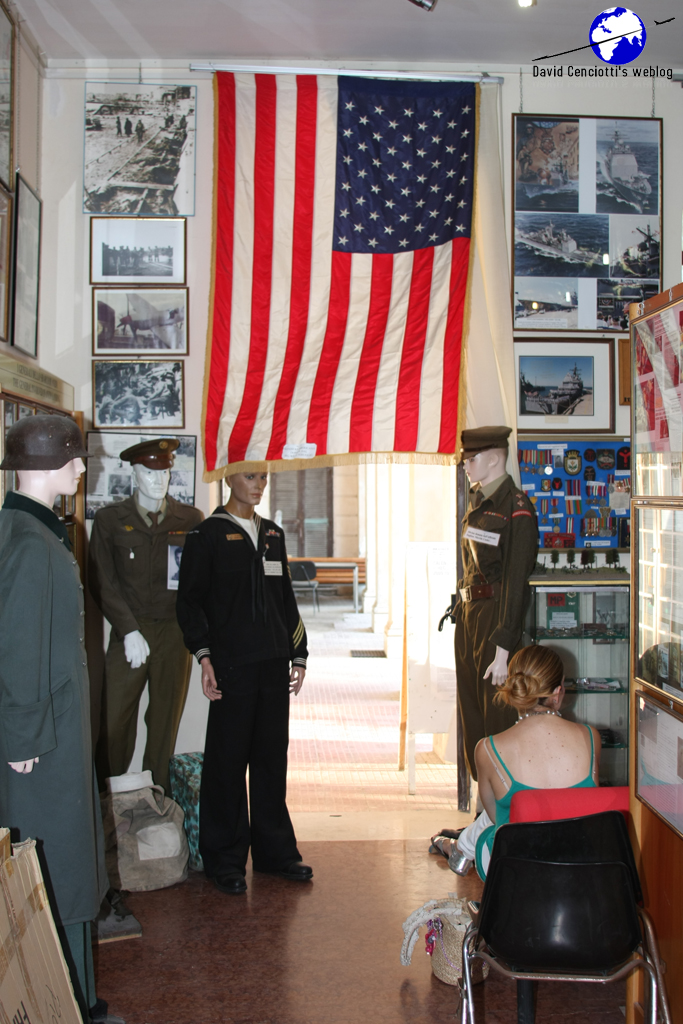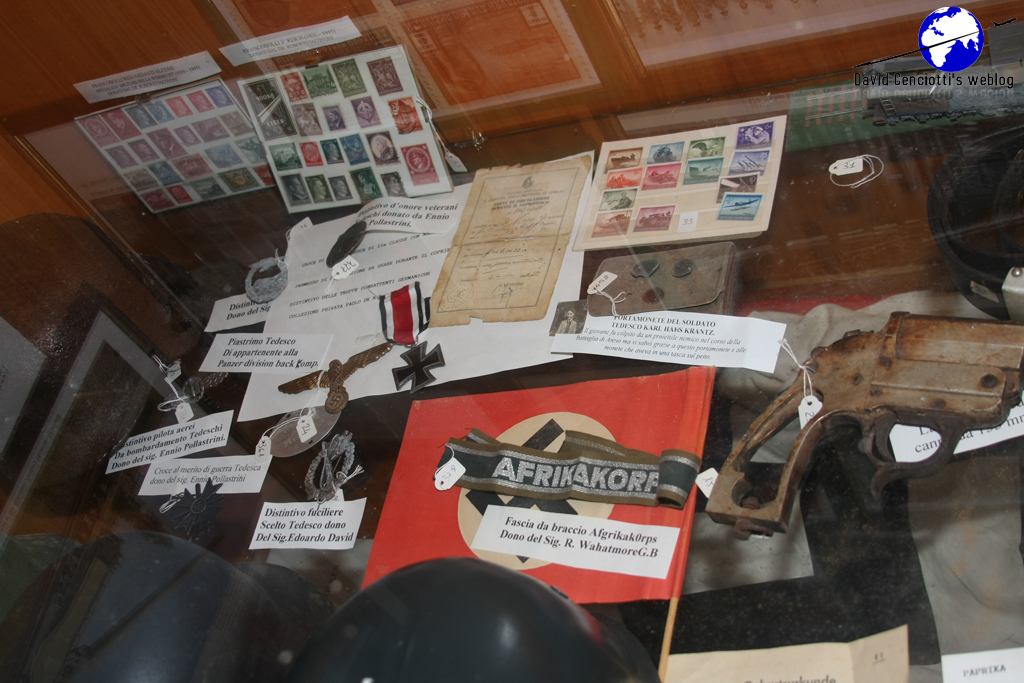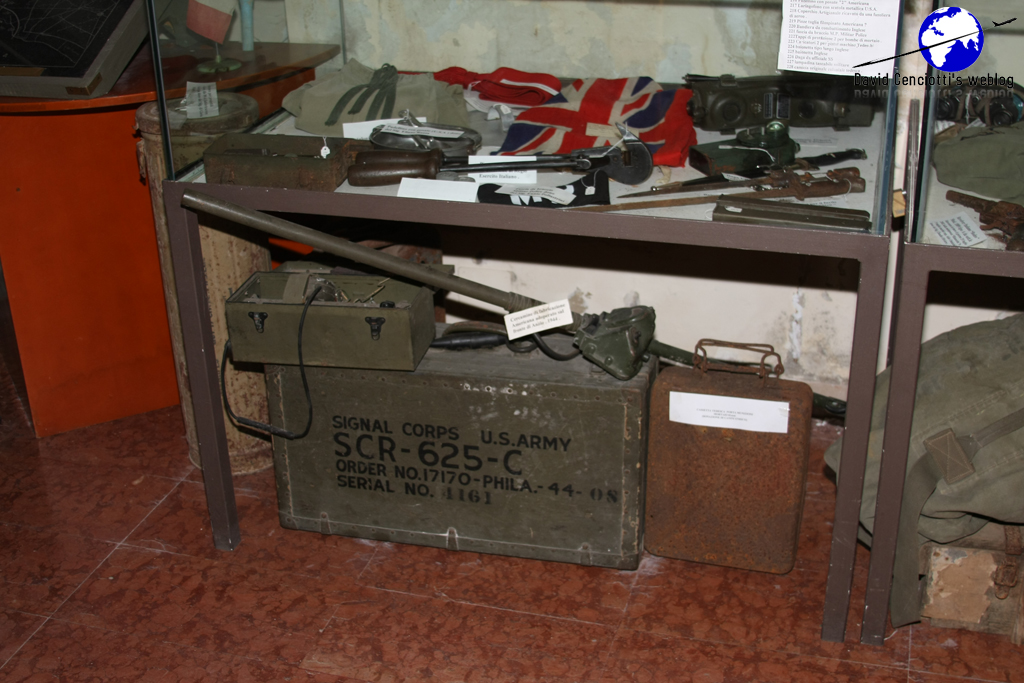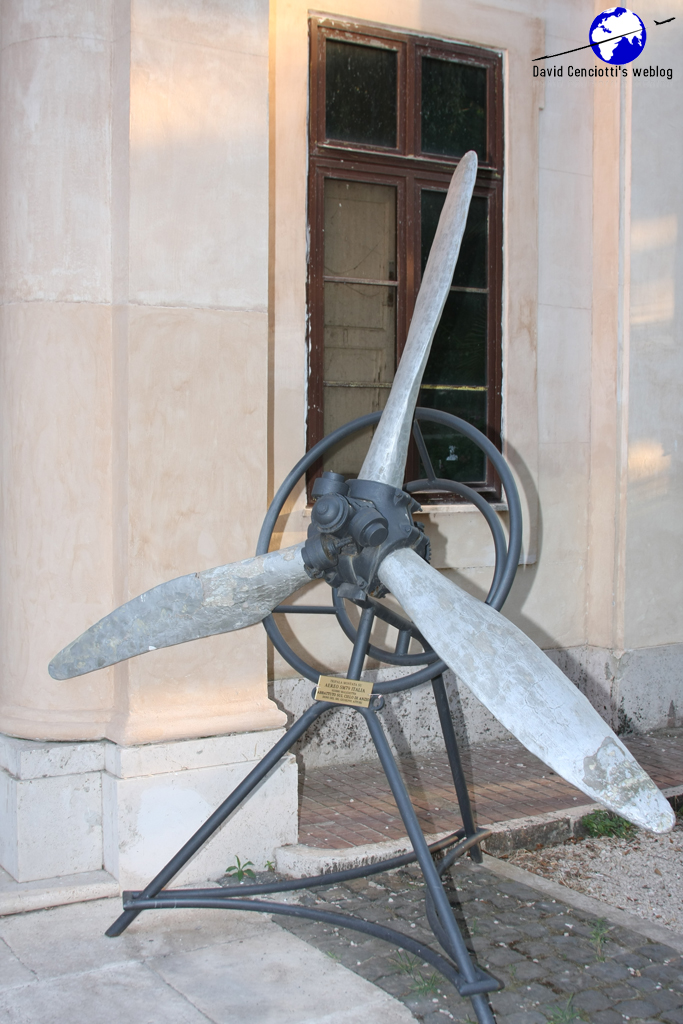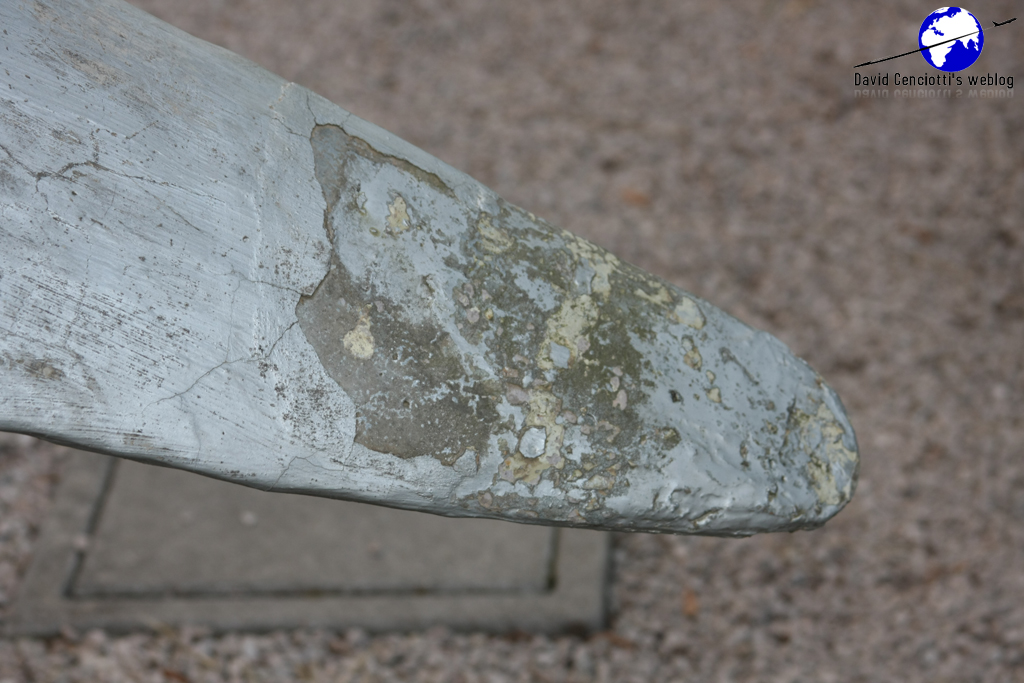Some weeks ago I had the opportunity to visit the Anzio Beachhead museum. Opened in January 1994, in the 50th Anniversary of the Allied landings, the Anzio Beachhead Museum is hosted at the ground floor of Villa Adele, a 17th Century mansion house located at Anzio, 57 kilometers to the SW of Rome. The Museum, made by voluntary and no-profit members is diveded into four sectors (American, British, German and Italian), contains exhibits with authentic uniforms, patches, badges, documents, pictures, articles, etc all generously donated by other Museums and by Veterans’ Associations and, of course, veterans and their families. Many exhibits come from sea in front Anzio where remains of aircraft, war and merchant ships, landing craft are still lying at various depths: many of these wrecks still have the crew on board, like the H.M.S Spartan, H.M.S. Janus and the Hospital ship St. David.
But what about the battle?
The Allied amphibious landing in the coastline area between Anzio and Nettuno, Italy, dubbed “Operation Shingle” was intended to outflank German forces and enable an attack on Rome. Towards the end of 1943, Allied forces that had invaded Italy were blocked at the Gustav Line, the main line of fortification which ran across Italy from north of the Garigliano River outlet in the Tyrrhenian Sea to the mouth of the Sangro River on the Adriatic coast in the east. The Germans, headed by Field Marshal Albert Kesselring had found the terrain of central Italy ideal to provide a natural defense of the most important strategic target: Rome. In order to break the defensive line, many proposals were made, the most important of which was Winston Churchill’s “Operation Shingle”. The idea behind the amphibious operation was that a major attack from the south by the Fifth Army commanded by Lieutenant-General Mark W. Clark would push the Germany’s forces away from the area around Rome and from the hills between Rome and the coast a condition that would create the perfect scenario for a surprise landing in the Anzio and Nettuno area. The beachhead would prelude to a quick advance to cut the German communication lines and to capture of Rome. The Southern attack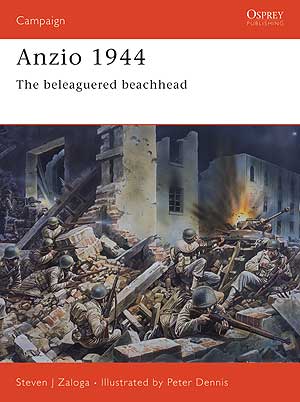 was performed by the Fifth Army’s on the Gustav Line on Jan. 16, 1944, at Monte Cassino. As a result of the attack, Gen. Heinrich von Vietinghoff, commanding the Gustav Line, asked for reinforcements, and Kesselring transferred the 29th and 90th Panzergrenadier Divisions from Rome. The door was open.
was performed by the Fifth Army’s on the Gustav Line on Jan. 16, 1944, at Monte Cassino. As a result of the attack, Gen. Heinrich von Vietinghoff, commanding the Gustav Line, asked for reinforcements, and Kesselring transferred the 29th and 90th Panzergrenadier Divisions from Rome. The door was open.
Fifth Army’s U.S. VI Corps under the command of Maj. Gen. John P. Lucas could land on the beaches of Nettuno and Anzio to secure a beachhead in the vicinity of Anzio to advance and secure Colli Laziali in the outskirts of Rome and to prepare the advance on Rome. Allied forces involved in the attack consisted of 5 cruisers, 24 destroyers, 238 landing craft, 62+ other ships, 40,000 soldiers, and 5,000+ vehicles. The landing took place on Jan. 22, 1944. Initially the Allied Forces did not find any opposition and were able to penetrate a few kilometers inland. Even if Lucas’s superiors expected an aggressive offensive action from him and a quick run towards Rome, he stregthened the defenses around the beachhead and did not advance. This represents a most controversial decision in the history of Operation Shingle since, according to many 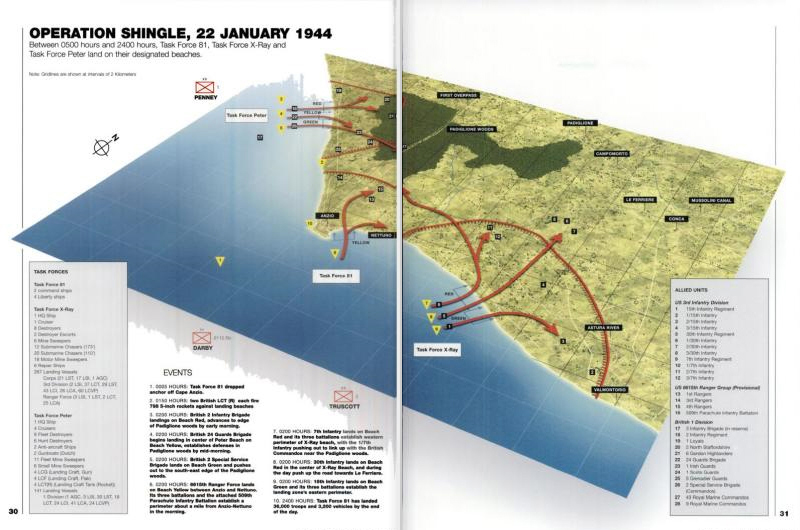
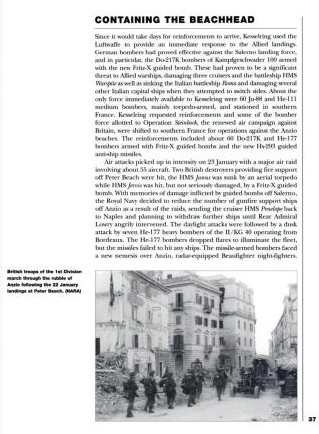
The following pictures show the Anzio Beachhead Museum exhibits. As you can see, there are also some aircraft parts and a propeller belonging to an SM79 downed near Anzio.

